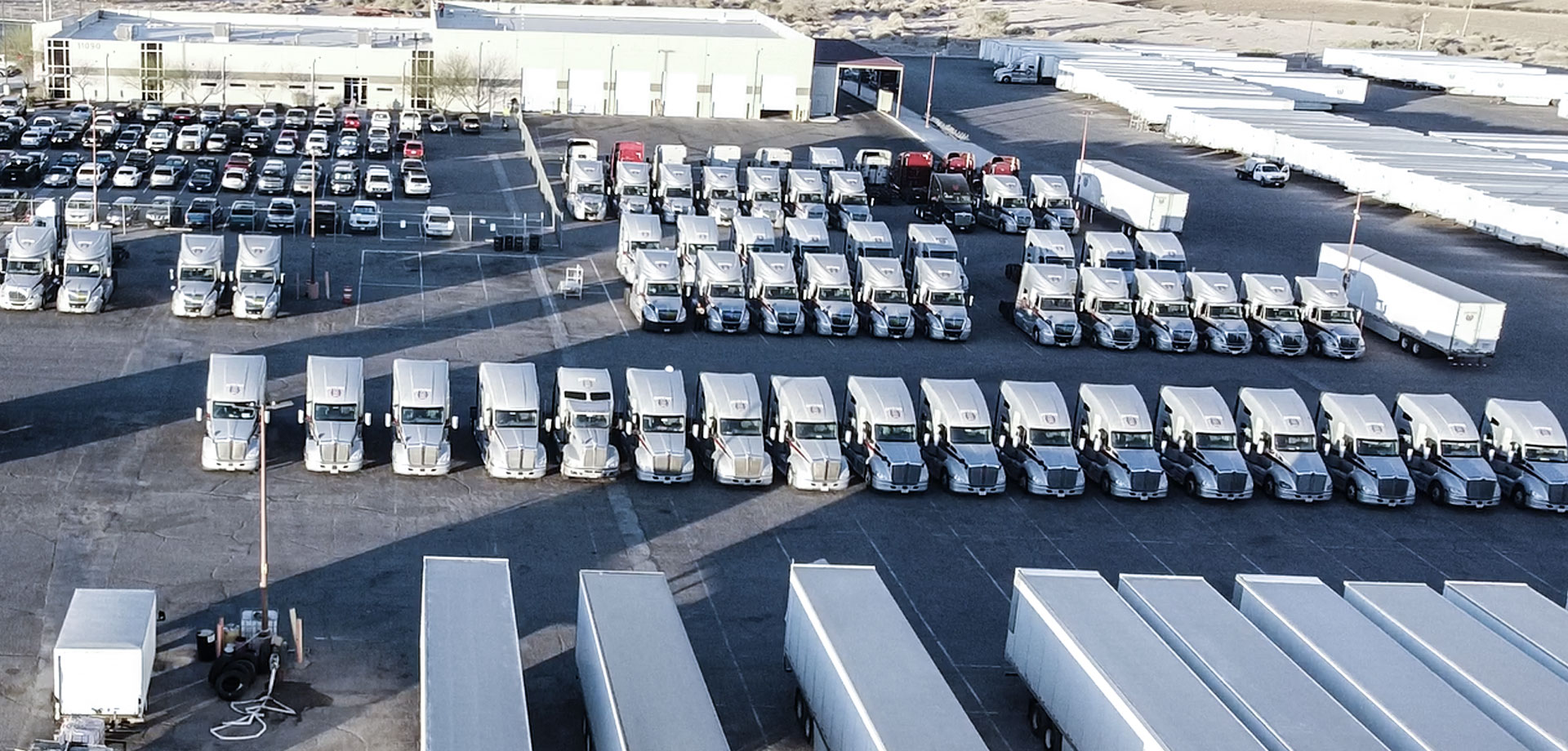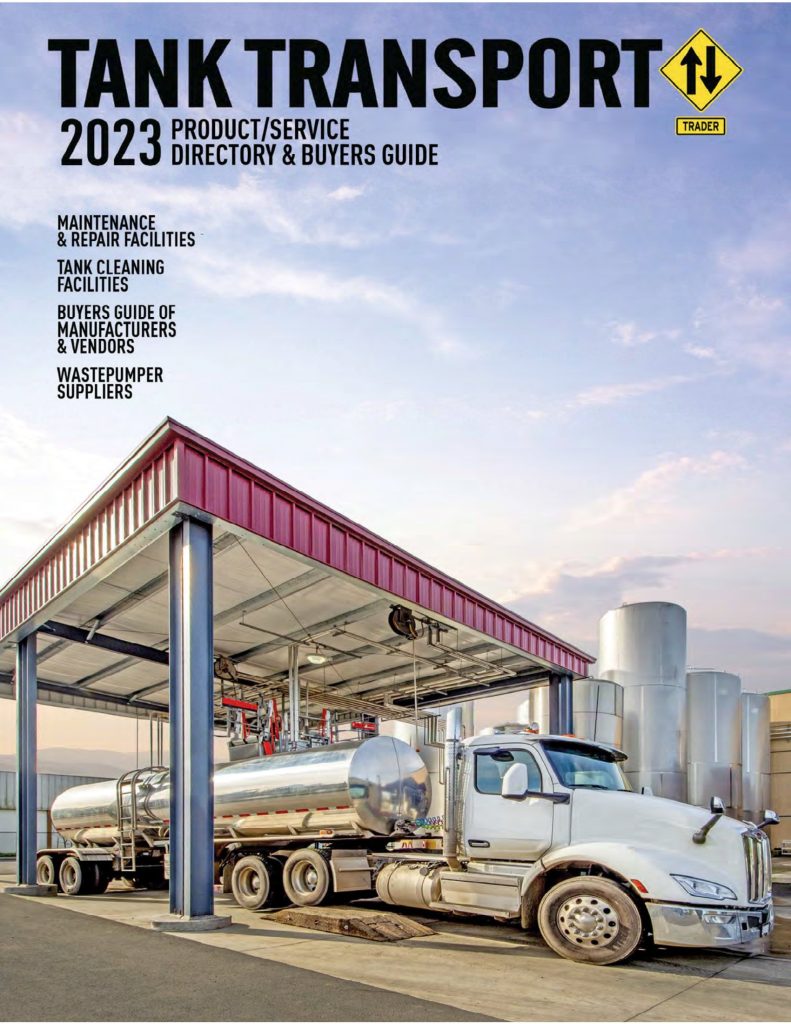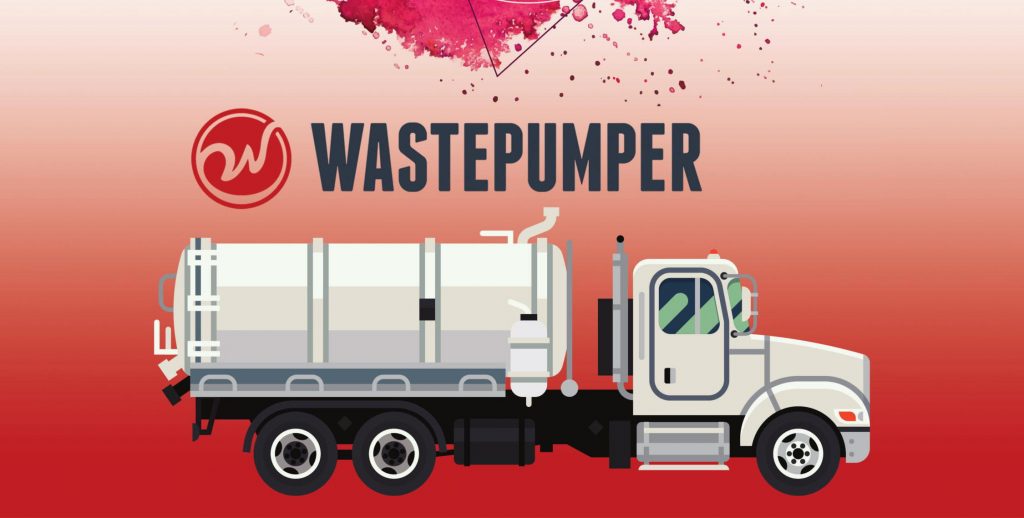Fleet Managers Uncertain About the Year Ahead Amid Economic Challenges

Fleet managers and executives must always be aware of where the industry is heading in terms of what equipment and technology are available and how to maintain them.
Fleet managers and executives must always be aware of where the industry is heading in terms of what equipment and technology are available and how to maintain them. This, however, hasn’t been easy with all the changes, advances, disruptions, and supply shortages in the last few years.
Supply Shortages Impacting the Trucking Industry
Since the spring of 2020, trucks, trailers, and tires have all been more difficult to come by. Raw materials and components such as semiconductors became harder to obtain, and plants shut down to stop the spread of the pandemic. This led to mounting backlogs and trucks waiting for repair parts.
Manufacturers Experiencing Relief, but Fleet Managers Uncertain about Future

For the foreseeable future, however, manufacturers are feeling a bit of relief. “The long delays are pretty much behind us,” Clinkenbeard said on behalf of Wabash.
For the foreseeable future, however, manufacturers are feeling a bit of relief. “The long delays are pretty much behind us,” Clinkenbeard said on behalf of Wabash. But what about the rest of the heavy-duty trucking industry? One way to better predict where the industry is headed is by looking at the overall economy. Inflation was at record highs until recently, and the Federal Reserve raised interest rates to 4 percent in November, the sixth straight increase.
Truck Outlook: Class 8 Trucks Impacted by Economic Situation
So, how will the amount of new Class 8 trucks on the road in 2023 be impacted by the current economic situation? After non-vocational Class 8 truck sales rebounded from 168,600 in 2021 to 198,800 in 2022, next year they will dip 12.4 percent to 174,000, according to Act Research’s market data.
Enjoying our insights?
Subscribe to our newsletter to keep up with the latest industry trends and developments.
Stay InformedEfficiency in Demand, Uptime Remains Crucial
While efficiency is in higher demand, up-time still reigns supreme. “If I were to reference a common theme among our customers in today’s lease and rental industry, maximizing up-time is on everyone’s agenda,” Hruby said. Telematics and other smart technologies have helped PacLease customers with uptime.
Fleet management challenges for a uncertain year
As fleet managers face an uncertain year, they must tackle a variety of fleet management challenges stemming from economic impact on trucking and trucking supply chain issues. The truck sales forecast is expected to fluctuate due to factors such as semiconductor shortages and inflationary pressures. The trucking industry outlook remains uncertain as manufacturers struggle to overcome these hurdles.
One way to navigate these uncertainties is by focusing on trailer market trends and investing in advanced driver assistance systems to improve safety and efficiency. Vehicle maintenance strategies are crucial during these challenging times, as aging trucks and trailers may require more frequent repairs and upkeep.
It’s essential for fleet managers to closely monitor the economic landscape and adapt their strategies accordingly. By keeping an eye on factors such as inflation and trucking, they can make informed decisions to ensure the continued success of their fleet operations. As the industry faces a dynamic and unpredictable future, staying agile and responsive to changes will be key for fleet managers.
Trailer Outlook: Aging Fleet and Strong Orders

In 2021, trailer orders were just shy of 250,000 units. In October 2022, FTR Transportation Intelligence forecasted this year would hit 303,000 trailer orders, with a 7-percent increase to 325,000 next year.
On the trailer side, ATRI reported that the average trade cycle stretched from 12.3 years in 2020 to 15.4 in 2021, excluding flatbeds and intermodal chassis. Those older trailers can only provide adequate service to fleets for so long, though, and 2023 could see a bigger spike in fleets adding new trailers.
Strong Orders and Delivery Improvements
This has led to strong orders overall. In 2021, trailer orders were just shy of 250,000 units. In October 2022, FTR Transportation Intelligence forecasted this year would hit 303,000 trailer orders, with a 7-percent increase to 325,000 next year. Wabash has seen some improvement in delivery over the recent months.
In conclusion, fleet managers are uncertain about the year ahead due to economic challenges and supply shortages. While there is some relief in sight for manufacturers, the industry must navigate through various hurdles, including an aging fleet and potential recession. To stay competitive and maintain efficiency, fleet managers should focus on regular maintenance, adopting advanced driver assistance systems, leveraging telematics and smart technologies, and investing in driver training. By keeping up with industry trends and adapting to changing circumstances, fleet managers can better prepare for the challenges ahead and ensure the continued growth and success of their businesses.




















